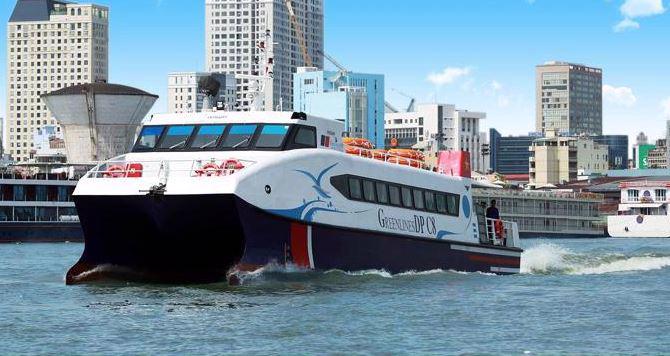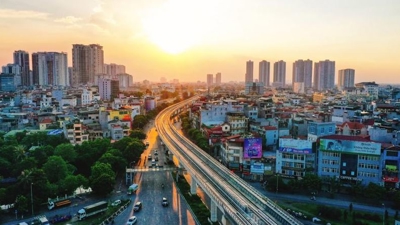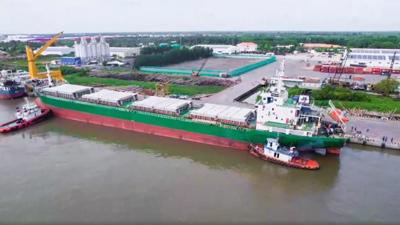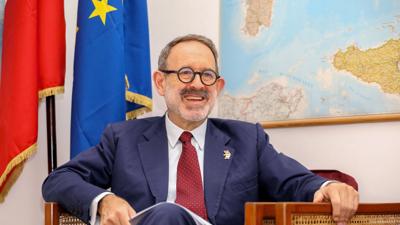Urban tourism facing challenges
Though boasting their own appeal, Vietnam’s major cities have failed to compete with their regional counterparts in tourist numbers and return visitors.

In Euromonitor International’s 2024 list of the world’s 100 best cities, Ho Chi Minh City came in at 76th and Hanoi 83rd, while among the top 10, Bangkok ranked significantly higher than regional hubs like Hong Kong (China), Macau (China), and Kuala Lumpur.
The low rankings for Vietnam come despite steady growth in its urban tourism. During the 2025 Tet holiday in late January and early February, Ho Chi Minh City generated $303 million in tourism revenue while Hanoi brought in $139 million, according to their respective Departments of Tourism. However, according to the Tourism Authority of Thailand (TAT), Bangkok recorded close to $1 billion in revenue over the same period, or more than three times the figure for Vietnam’s southern city.
The numbers tell a story: Vietnam’s major cities are progressing, but there is untapped potential. Why Vietnam’s urban tourism hasn’t yet translated into stronger global recognition has been increasingly spoken of among hoteliers, destination marketers, and industry leaders.
Rethinking urban tourism
While Vietnam’s cities continue to attract international visitors with their unique charm, experts at the Meet The Experts HCMC 2025 forum argue that meaningful growth in tourism rankings will depend on more than just hospitality. Key voices in the industry are calling for broader improvements, from infrastructure and cultural programming to a long-term destination strategy.
“There has to be more facets to Ho Chi Minh City’s tourism,” said Mr. Alistair Minty, General Manager of Sofitel Saigon Plaza. While applauding the long-awaited metro line developments, he emphasized the need for complementary attractions such as sporting and music venues. “Visitors who come here have an amazing time, but it’s not enough for them to come back,” he commented.
The challenge isn’t just physical infrastructure, but also the visibility of what’s already on offer. Mr. John Gardner, CEO of Optimum Hospitality, pointed out that both tourists and residents are often unaware of cultural happenings due to weak promotional efforts. Combined with practical hurdles like airport congestion and visa difficulties, Mr. Gardner warned that potential travelers may simply choose “to go to Thailand instead.”
Equally important is how Vietnam’s cities adapt to visitor behavior. Mr. Philippe Le Bourhis, General Manager of Hôtel des Arts Saigon - MGallery Collection, noted a trend among international tourists. “On their first visit, they try to do everything, North to South,” he explained. “On their second visit, they focus on one region, so they might not come back to Hanoi or Ho Chi Minh City.” This evolving pattern underscores the need for distinct identities and tailored experiences in each major city, rather than relying on the same cross-country itineraries.
Those insights paint a clear picture that Vietnam’s urban tourism can thrive if cities invest in infrastructure, spotlight cultural assets, and refine their positioning to match the expectations of modern travelers.
Signature experience
A quick scroll through any major social media platform reveals Vietnamese food consistently ranking among the most viewed and shared content. In an increasingly competitive hospitality market, Vietnam’s hoteliers are leaning into food and beverage (F&B) not just as a service but as a core component of the guest experience and, in many cases, the very reason travelers return.
Mr. Minty underscored this strategic shift. “We are trying to create an ecosystem where we have different experiences for guests,” he said. “It has to be unique. It’s not a gimmick, and has to be built on solid ground.”
This approach can be seen in the success of ST25 by KOTO, a social restaurant enterprise resulting from a collaborative endeavor between Sofitel Saigon Plaza and not-for-profit KOTO (Know One Teach One). The venture employs 20 disadvantaged youth from the KOTO alumni program, offering them a fresh start in life. This initiative goes beyond novelty, embodying a strong social impact, with 10 per cent of revenue returned to support underprivileged youth. “While there’s a lot of competition in town with various innovative concepts, this one stands out for having a strong ESG [environmental, social, and governance] foundation from the heart,” he said.
Beyond innovation, consumer preferences are also changing. Mr. Le Bourhis pointed to a significant post-pandemic behavioral shift: people are more selective and drink less alcohol. “We have moved from the ‘fear of missing out’ after Covid-19 to the ‘joy of missing out’,” he said.
This recalibration of lifestyle and consumption, marked by health consciousness and minimalism, is reshaping how hotels design their menus and dining experiences. In a space once driven by indulgence, moderation is now a luxury.
Yet, even as hotel F&B adapts, the heart of Vietnam’s culinary appeal remains its authenticity.
Mr. Gardner sees untapped potential in local street food culture. “Dig around in the back alleys of Ho Chi Minh City and Hanoi and you will find amazing food,” he said. “There’s all sorts of food tours happening, but I don’t think there’s enough of them or they’re not well packaged.”
Indeed, Vietnam’s F&B offerings are already a powerful draw, but with better storytelling, packaging, and curation, they could become a global calling card.
Stories yet told
Destination marketing is a powerful tool for hotels to drive tourism and elevate the local experience, yet it remains underutilized. Travelers seek deeper connections with places, cultures, and people, especially in a country like Vietnam. While promoting the rich history and beauty of the destination can enhance the travel experience, many hotels still face challenges in unlocking this potential. So, what’s holding them back?
According to Dr. Nuno Ribeiro, Senior Lecturer of Tourism and Hospitality Management at RMIT University Vietnam, modern tourism in destination cities in Vietnam is fairly new. “We really hadn’t started pushing that culture and history until the second decade of the 2000s,” he said. This reality actually indicates that tourism infrastructure is still in its developmental stages.
Dr. Ribeiro also pointed out the difficulty in keeping track of the vibrant scene in Vietnam, saying that “the offer is immense,” with a “vibrant music and art scene,” yet often, events are only discovered “ten minutes before they’re about to happen.” He compared Vietnam’s situation to other more mature destinations like Bangkok and Singapore, where investment in promoting cultural and art events is a key factor in attracting tourists. He emphasized that Vietnam still has some way to go in this area, as it hasn’t fully invested in publicizing cultural events to the general public.
Mr. Gardner emphasized the importance of government investment in tourism, noting that while infrastructure is improving the lack of sufficient marketing dollars remains a major challenge. When compared to countries like Thailand, which invests heavily in tourism marketing, Vietnam’s efforts fall short. This lack of government investment is a key issue, as many countries, including Thailand, have recognized the significant returns such investments bring to the tourism sector.
Mr. Minty added the need for stronger alignment not only within the hospitality “magic triangle” - owner, asset manager, and operator - but also between public and private stakeholders when it comes to promoting Vietnam abroad. He also pointed to a shift in traveler behavior. As destinations like Phuket and Bali become saturated, international operators, particularly in the UK and France, are actively promoting Vietnam as an emerging alternative. “They may not know much about it, but they’re pushing it because the feedback has been great,” he said.
This underscores a key opportunity: if government-led marketing remains limited, private stakeholders, especially global hotel groups, could play a more formalized role through coordinated, co-funded campaigns. These partnerships, if structured effectively, could unlock greater reach and resilience for Vietnam’s tourism brand.




![[Interactive]: Economic overview - May 2025](https://media.vneconomy.vn/400x225/images/upload/2025/06/07/8c790d03-e712-4985-a60e-67d103a25506.png)


